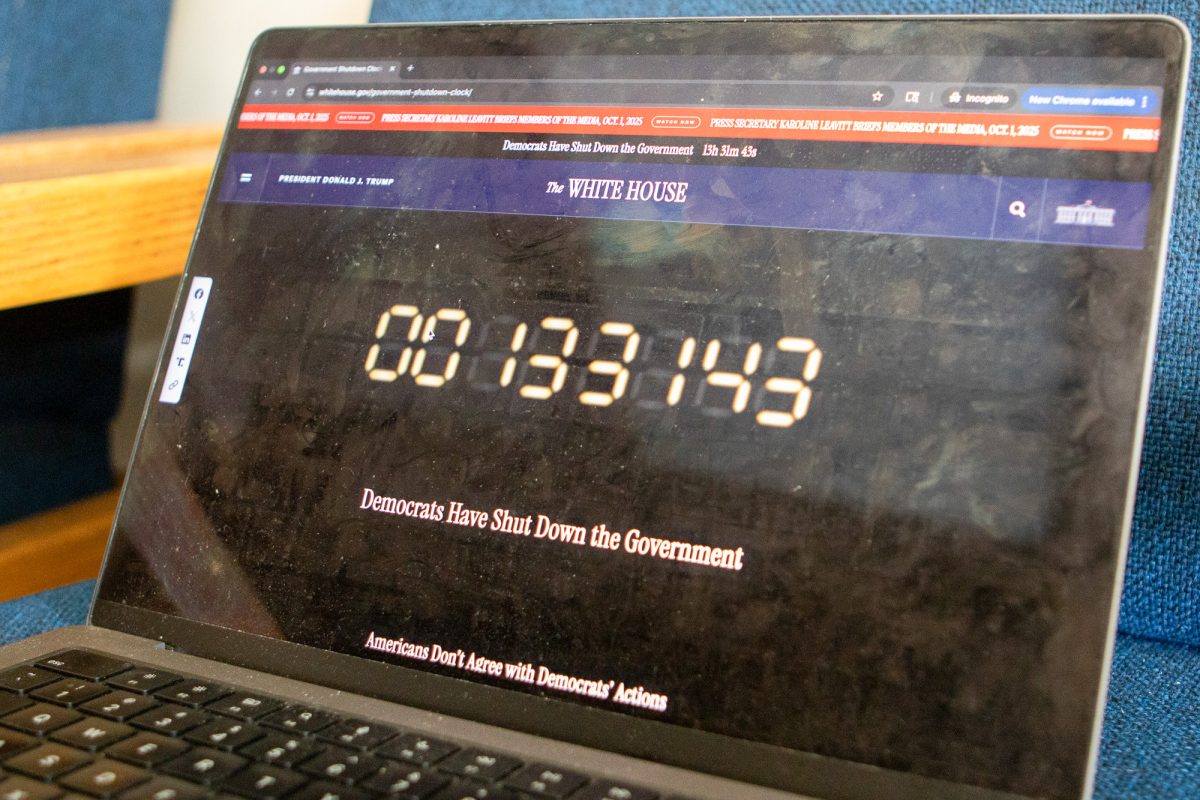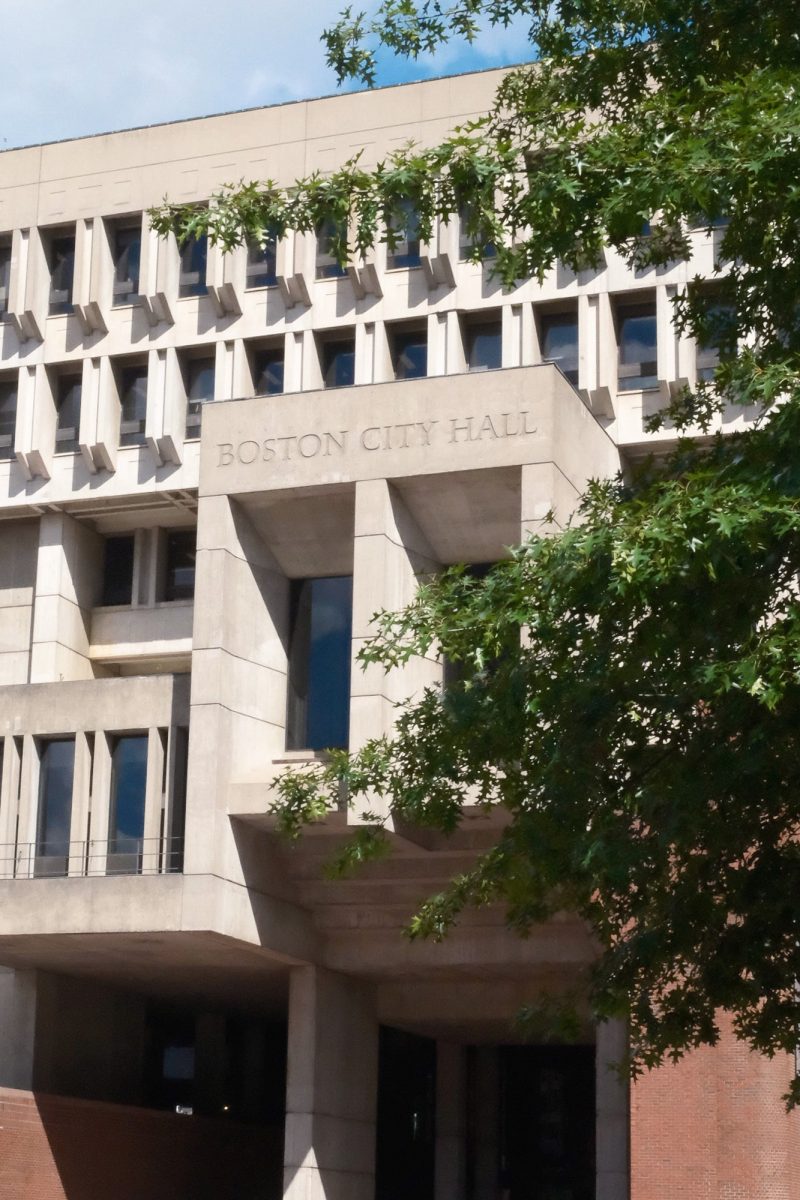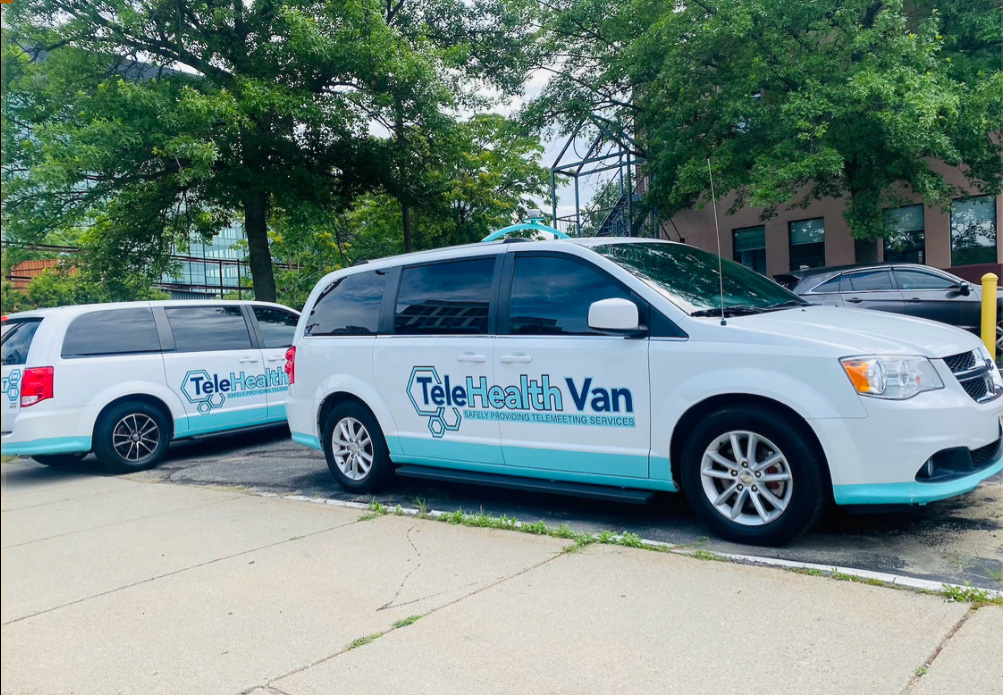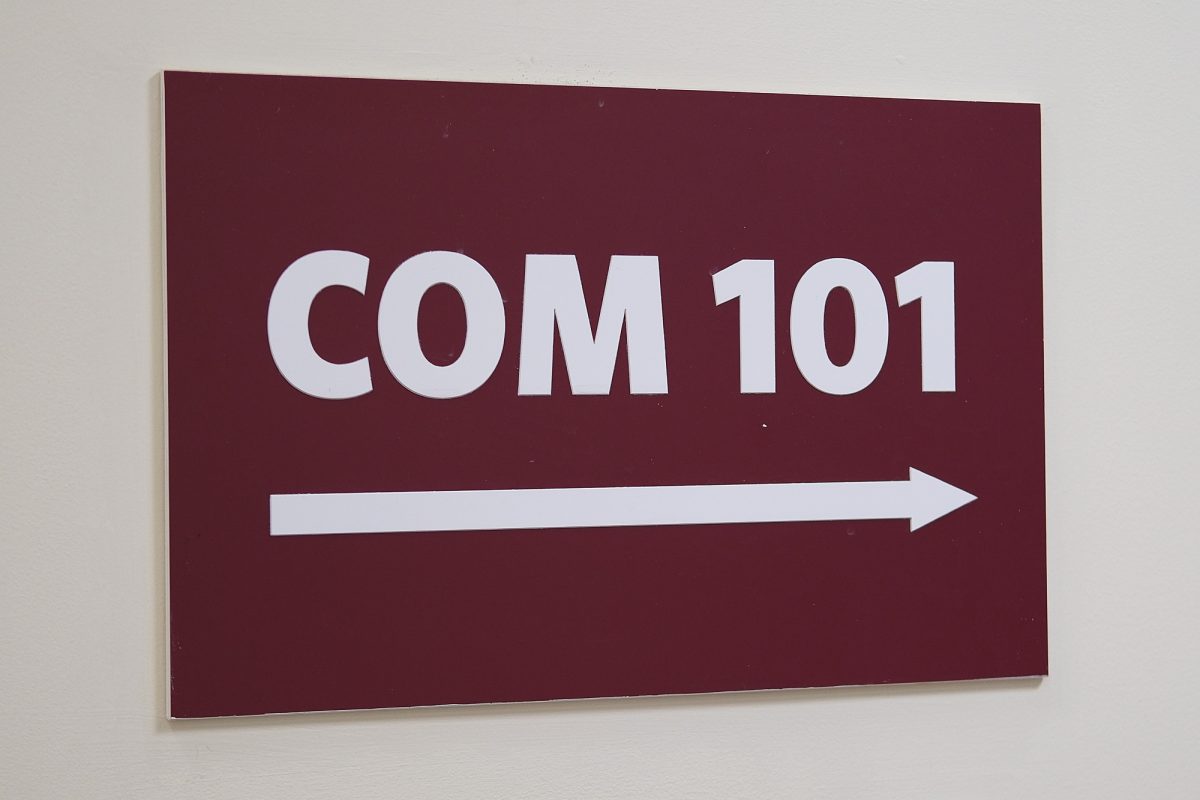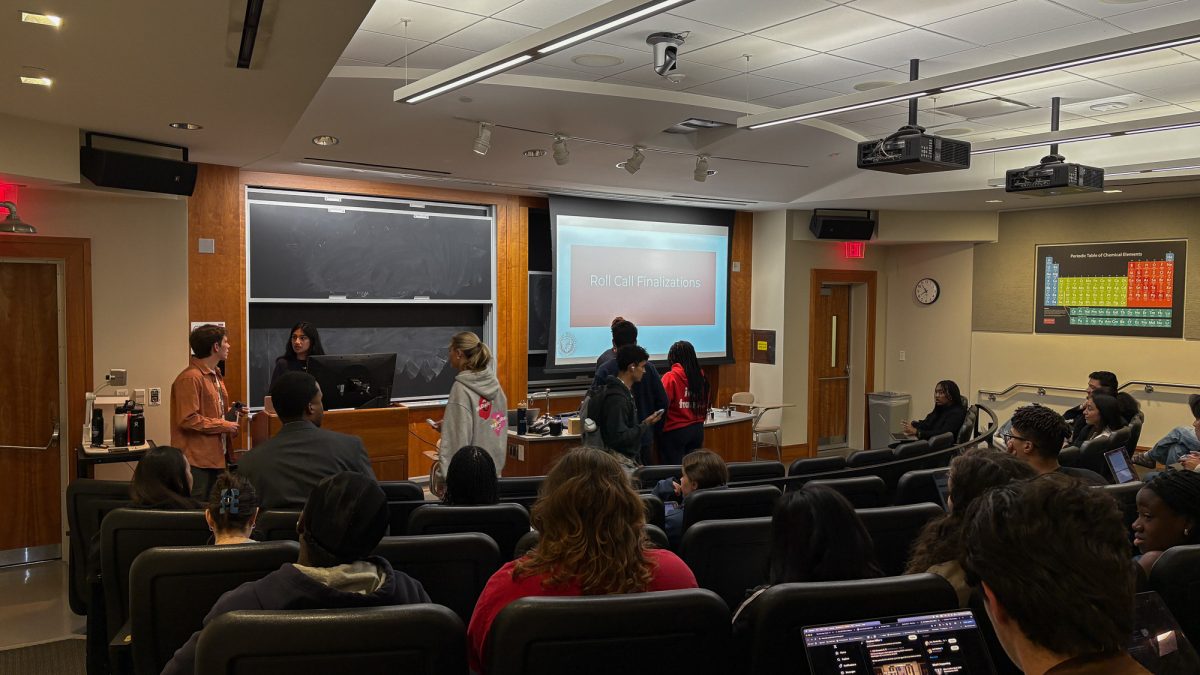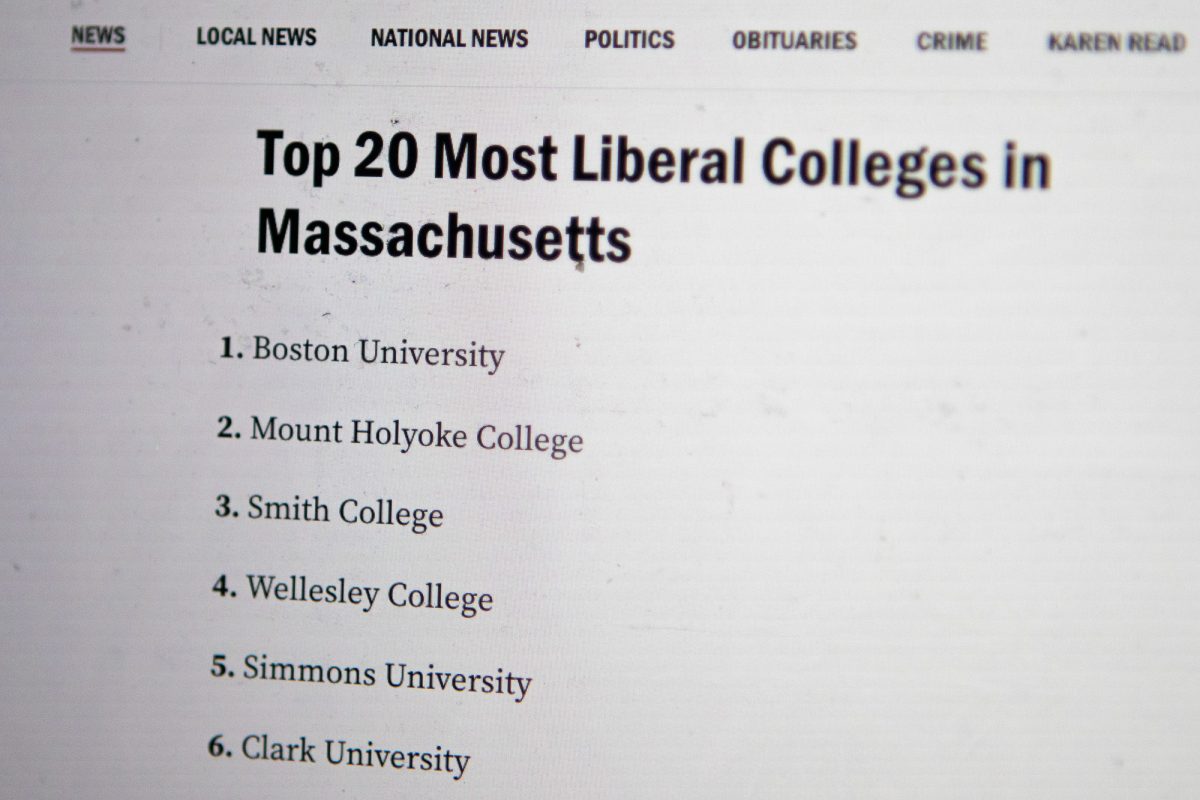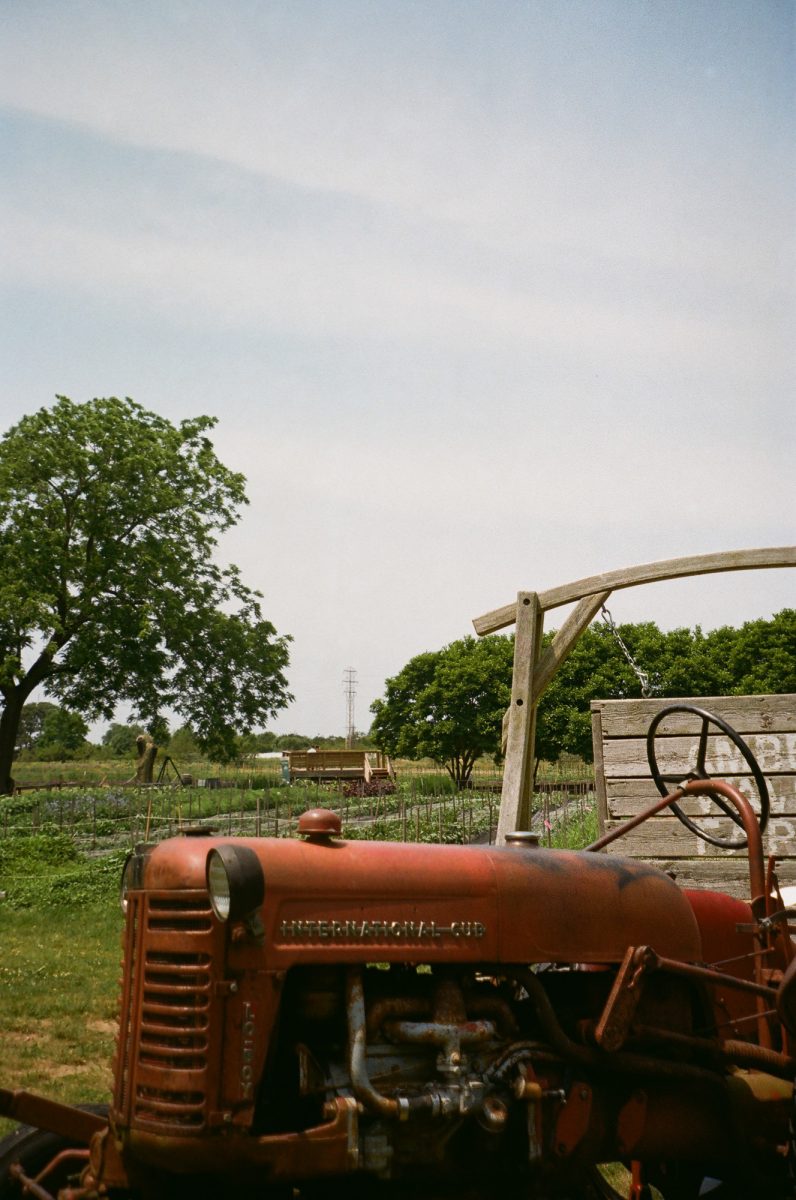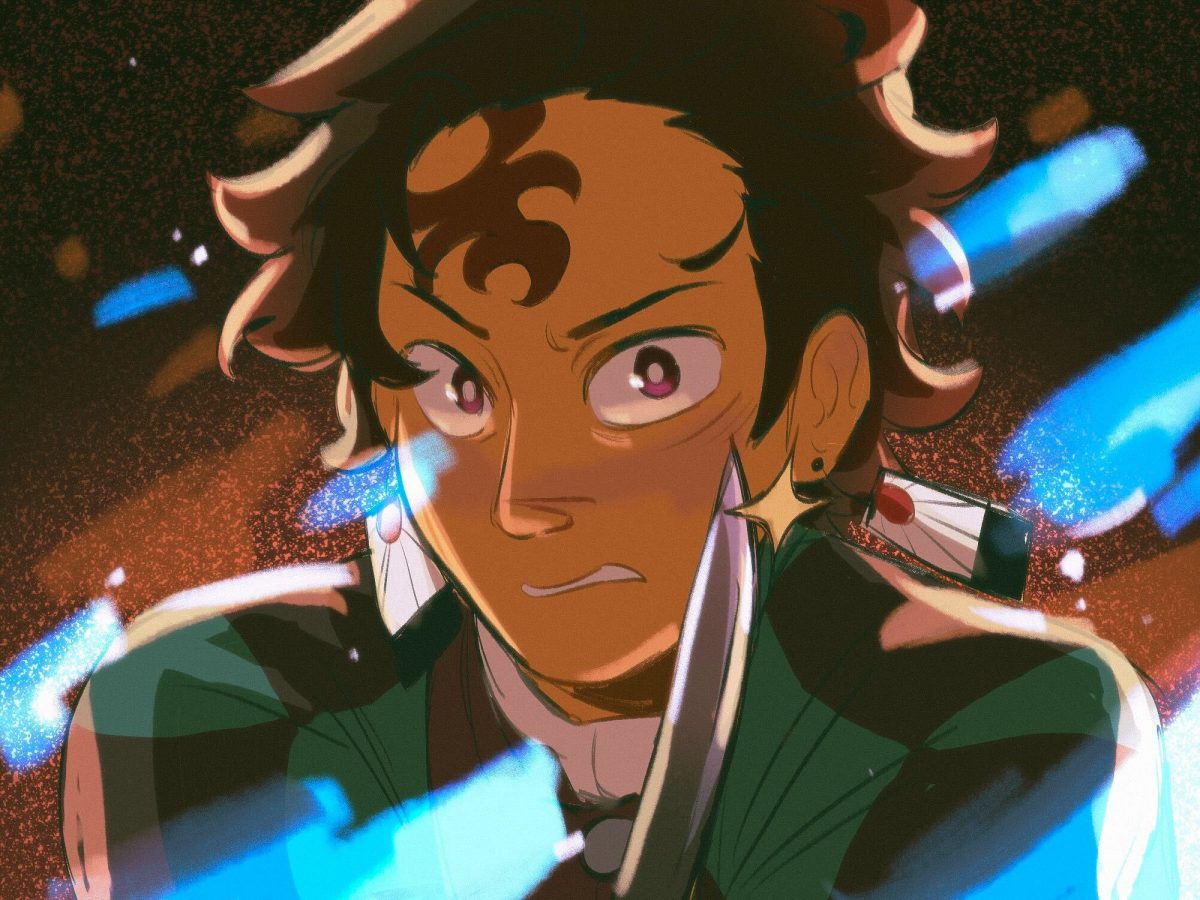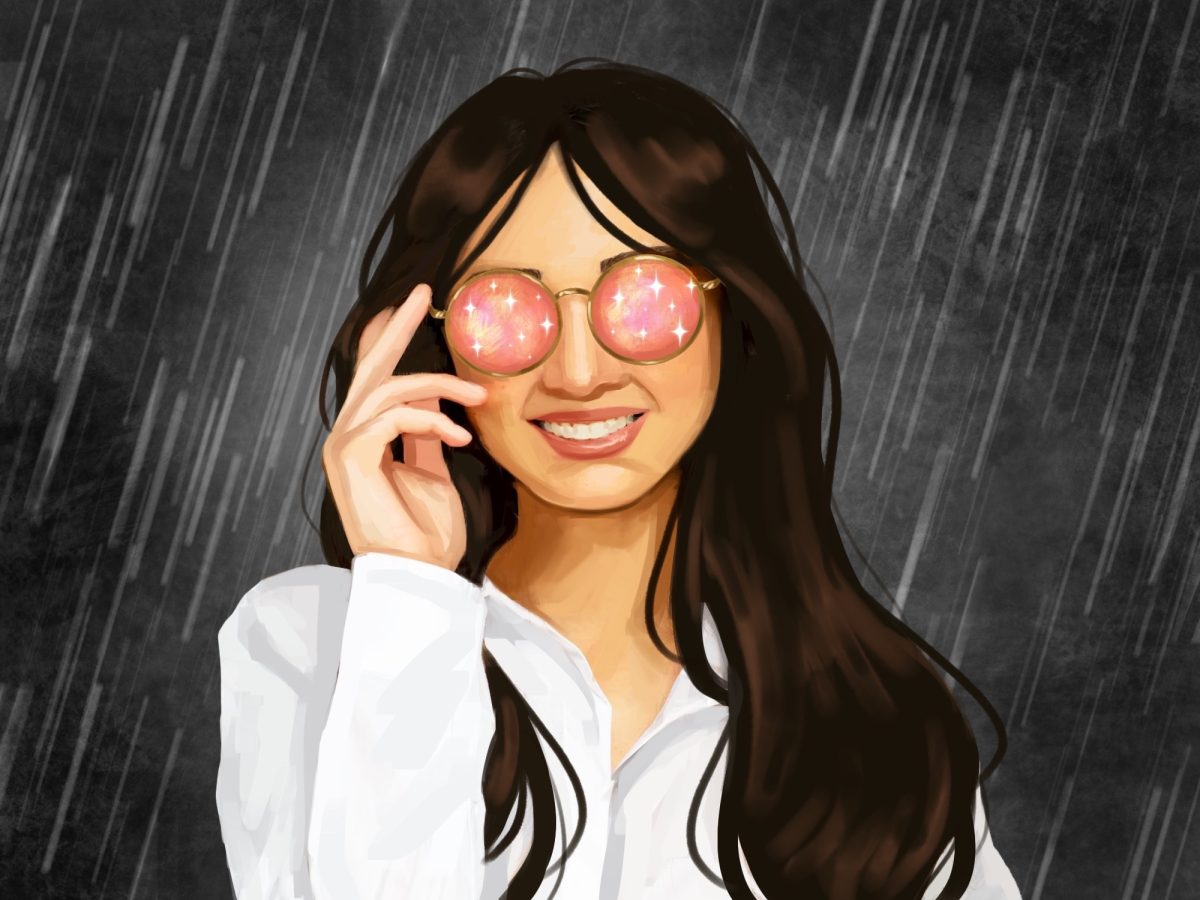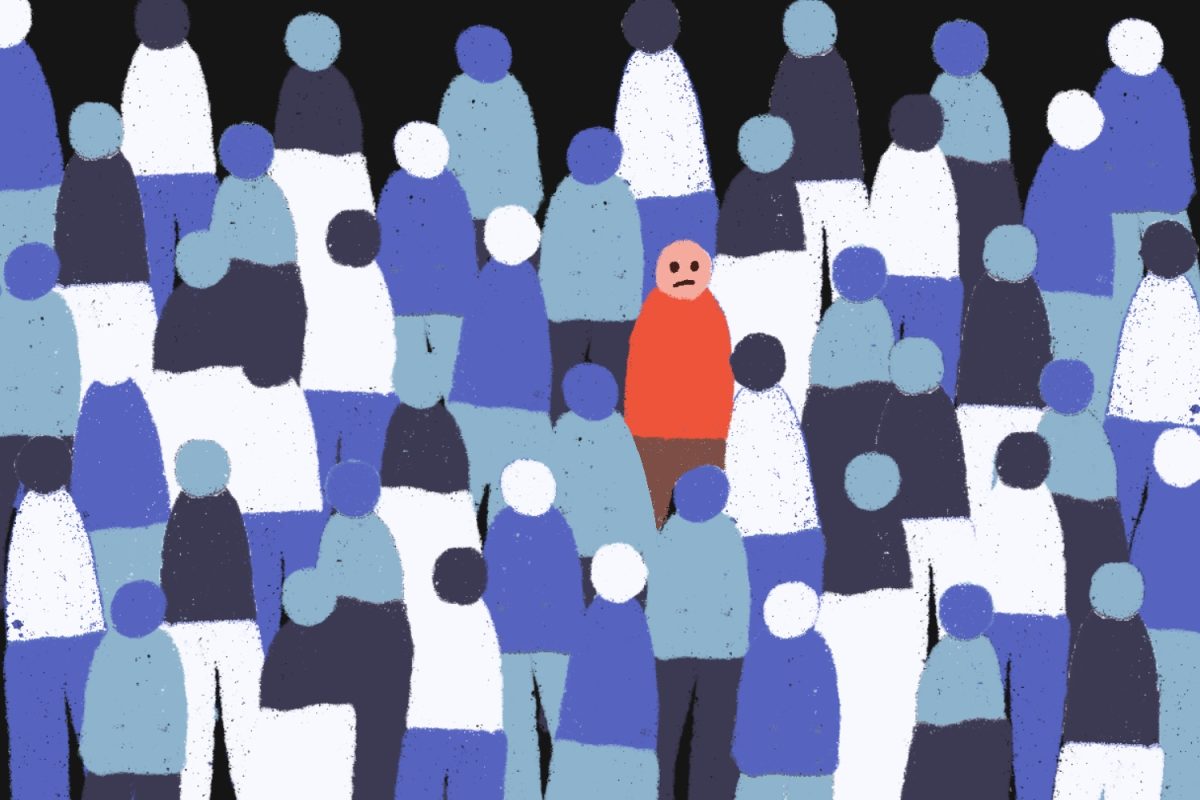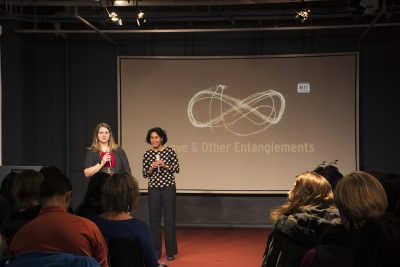
Cambridge’s MIT Museum hosted “Love and Other Entanglements” this Friday, a night of storytelling, live music, theater and quantum physics. The name refers to quantum entanglement, the phenomena of quantum particles being connected in strange ways that cannot be explained by classical physics, making the humorous connection to love and its entanglements.
“The title was intriguing,” said Dan Wang, 21, of Providence, Rhode Island. “It was a good mix of academia and comedy, and those usually don’t come together.”
The night began with Brendyn Schneider, a writer and storyteller who spoke at the show. During the event, he told the story of how he proposed to his wife in the first car of a roller coaster. Similar stories were also told that night about disastrous first dates and secret crushes, relayed by Lindsay Brownell, a freelance science writer, and Katie Liesener, a writer and storyteller.
Schneider and Liesener both came from Massmouth, a nonprofit organization that promotes storytelling by creating competitions and other live storytelling events. According to their website, “Massmouth often partners with different arts venues, organizations, universities, and others to bring storytelling to the community,” which is why the group was invited to perform at “Love and Other Entanglements.”
“We wanted to include more storytelling this evening to give more of a ‘The Story Collider’ or ‘The Moth’ experience,” said Jennifer Novotney, the public programs coordinator at the MIT Museum, referring to other Boston-based storytelling organizations. “This is our first time doing anything like this.”
In between the stories, singer Eiji Miura and pianist Dan Barton performed classic jazz songs about love.
“The performance was great,” said Christina Couch, a freelance science journalist, adding that “it was a lovely way to integrate science and romance.”
After the last story, a group of actors performed a read-through of “Both/And,” a one-act play about quantum theory and the scientists who created it, written by Patrick Gabridge, a Massachusetts Institute of Technology alumnus. The play took a humorous approach to explaining quantum theory and its practical applications.
The play came out of the Catalyst Collaborative, a partnership between MIT and Central Square Theater. The play ended on a powerful note, addressing the amazing possibilities and implications of quantum entanglement, which set the stage for the final speaker, David Kaiser, a professor at MIT.
Kaiser told the story of how he and a group of other scientists created an experiment that demonstrated that quantum entanglement exists with more certainty than ever before. He explained that there is a loophole to quantum entanglement experiments — if they are not sufficiently randomized it is possible that the old laws of classical physics, and not entanglement, could provide the same results, making the experiment inconclusive.
By using light from distant stars, hundreds of light-years away, to randomize the experiment, they took out this loophole creating much stronger evidence for the existence of entangled particles. Through his talk, Kaiser explained the leading research in the field of quantum physics and how it can prove the existence of entanglement, showing just how strange the universe can be.
Brindha Muniappan, the director of programs at the MIT Museum, said the event was meant to be new and surprising. With Valentine’s Day approaching, she said, playing off world entanglement and making the theme of the event love was a great opportunity to present the topic of quantum theory in a completely new way.
“With almost all of our programs,” Muniappan said, “we want to spark an interest in people and get them to think ‘Wait, this is interesting’ and ‘I do want to know more’ and maybe they’ll go off on their own and find out more.”


